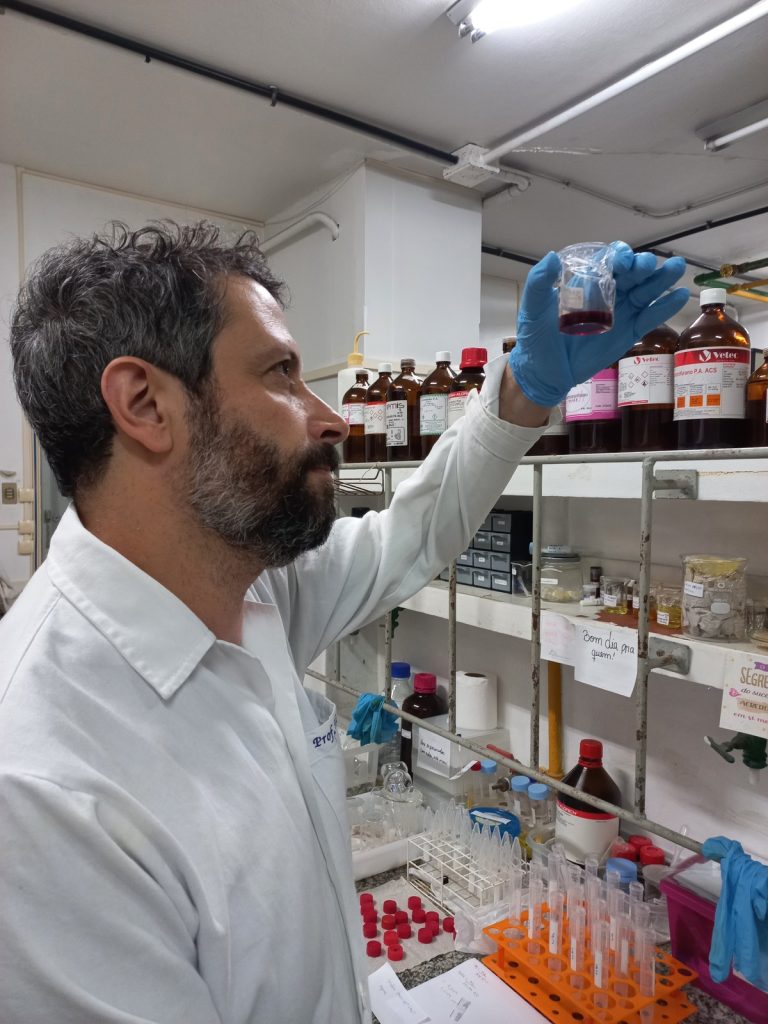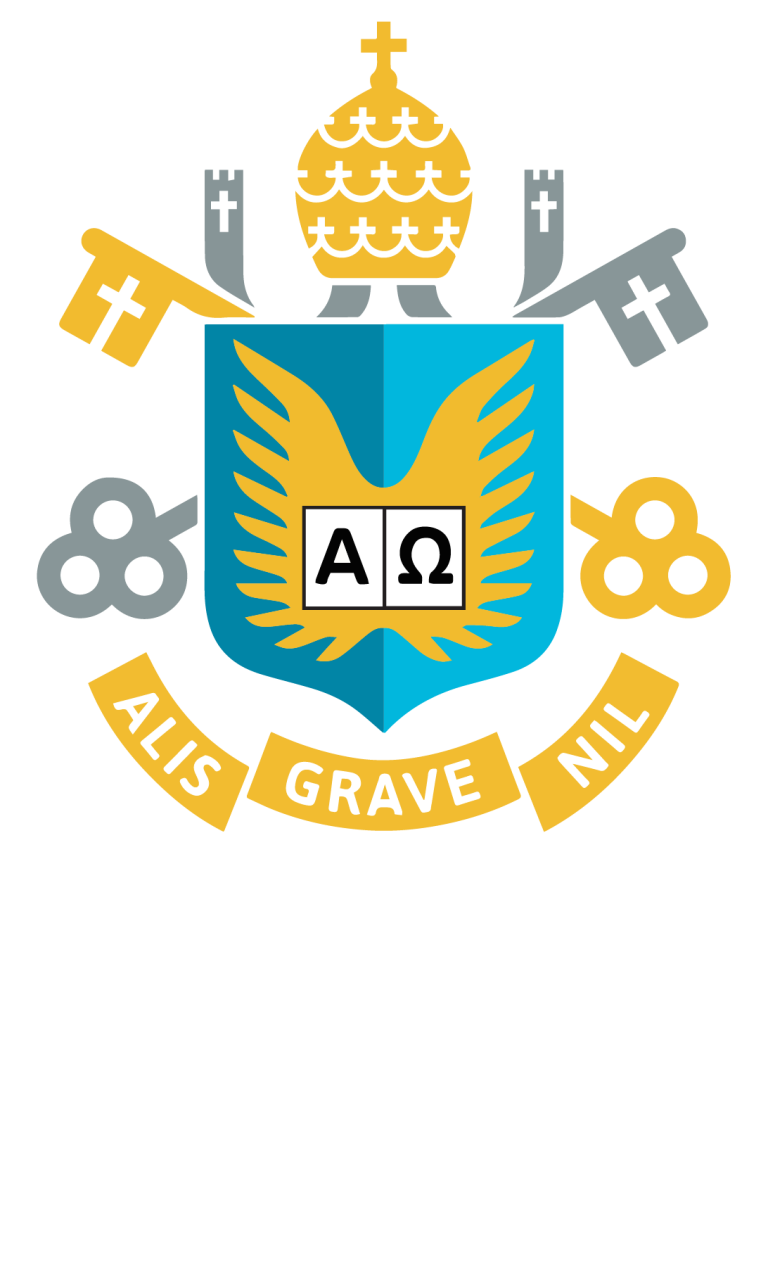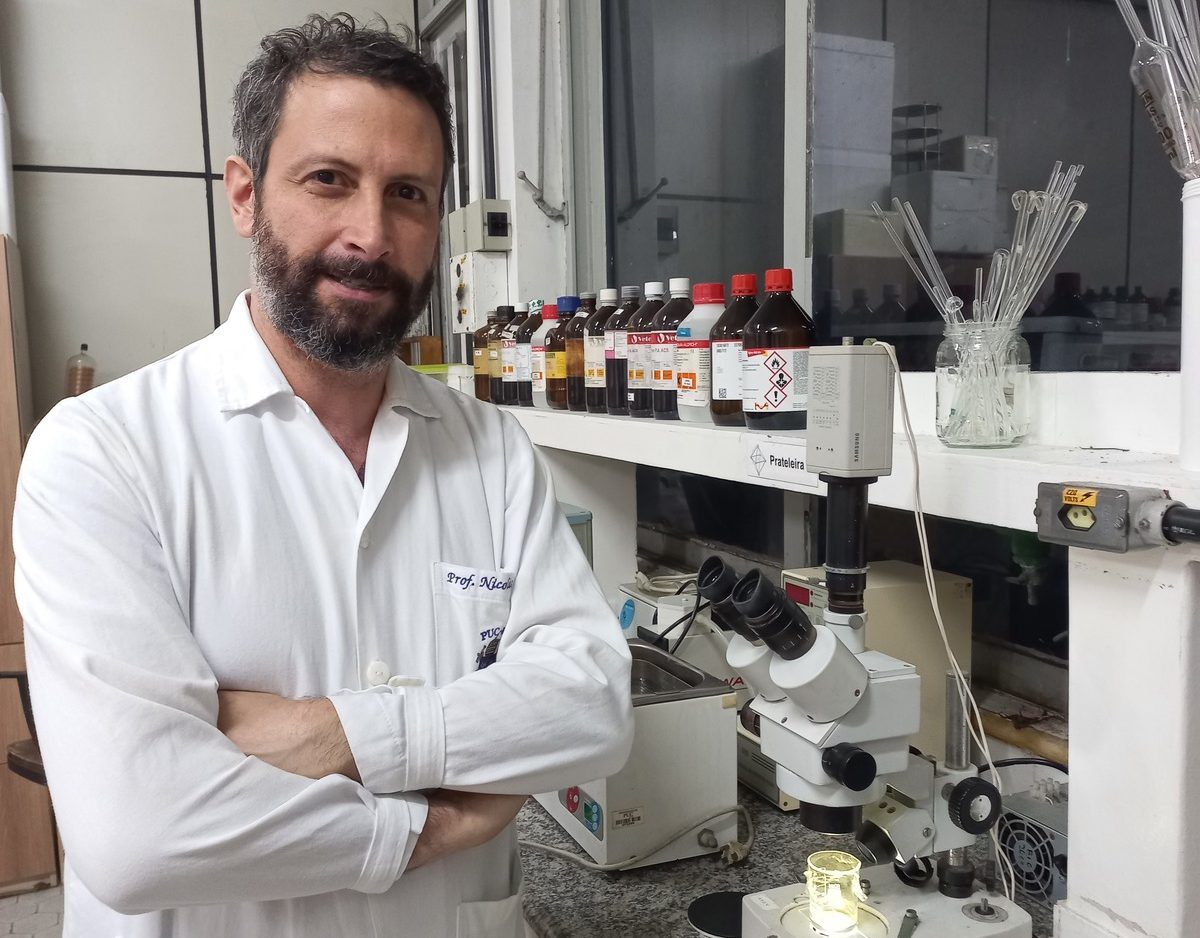The invention is available for licensing to potential companies and institutions interested in exploring, as well as carrying out pre-clinical tests of the technology to make it viable for use by society.
Text: Caroline Roxo | Image: Arquivo pessoal de Nicolás A. Rey
Diseases such as Parkinson’s and Alzheimer’s, classified as neurodegenerative and chronic, significantly impact the individual’s motor and cognitive systems, respectively. These conditions, which are currently incurable, represent a growing concern for public health in Brazil. This alert is amplified by the country’s rapidly ageing population. According to the 2022 Demographic Census, the percentage of Brazilians aged 65 or over reached 10.9%, an increase of 57.4% compared to 2010, when only 7.4% of the population was in this age group.
Researcher Nicolás A. Rey, an associate professor in the Chemistry Department at the Pontifical Catholic University of Rio de Janeiro (PUC-Rio), has been studying neurodegenerative diseases such as Parkinson’s and Alzheimer’s for over a decade. The research led by Professor Nicolás has already involved several other researchers and culminated in discoveries classified as having innovation potential, which have been protected in territories such as Brazil, the United States and the European Union. One of these inventions was the patent registered with the National Institute of Industrial Property (INPI), with the support of the PUC-Rio Innovation Agency (AGI/PUC-Rio), on compounds with therapeutic potential related to degenerative diseases.
Nicolás explains that degenerative diseases are multifactorial pathologies, i.e. they are affected by a variety of elements that converge on brain degeneration through the death of neurons. In the case of Parkinson’s and Alzheimer’s, they are associated with the pathological aggregation of specific proteins, including alpha-synuclein, related to Parkinson’s disease, and beta-amyloid peptide, linked to Alzheimer’s disease.
According to him, “soluble and insoluble aggregates of different proteins attack different regions of the brain, affecting patients’ motor and cognitive areas and thus resulting in the symptoms of each disease”. In this context, a compound has been identified to inhibit one of the progression mechanisms of these diseases, specifically the one involving the interaction between these proteins and physiological metals (naturally present in our bodies).
One of the causes of the development of degenerative diseases
In order to understand the technology proposed by the PUC-Rio researchers, it is important to understand how one of the mechanisms of disease progression works. As Professor Nicolás A. Rey explains, “some proteins associated with degenerative diseases, such as Parkinson’s and Alzheimer’s, interact with metals such as copper and iron in the brain. This interaction results in protein aggregation and the production of free radicals, mostly reactive oxygen species that cause significant damage. Free radicals are responsible for the destruction of synapses, which are the vital connections between neurons. With the extensive deterioration of these connections, the characteristic symptoms of each disease begin to appear, marking a notable progression in the patients’ clinical condition.”
The compound, the result of research carried out by Nicolás A. Rey and Daphne S. Cukierman, recognized in 2021 as Brazil’s youngest doctor in all areas of knowledge, can help block the binding of the proteins that cause diseases such as Parkinson’s and Alzheimer’s to the metals present in the brain, thus preventing the progression of this specific pathological mechanism of the disease.
“It takes years for a person to show the symptoms of degenerative diseases. Healthy people naturally lose neurons throughout their lives. However, a patient with a degenerative disease shows significant losses, which are the result of a slow and lengthy process. And when the first symptoms appear, the loss of neurons is already very advanced,” explains Nicolás.
Get to know the technology: Compounds with the potential to treat degenerative diseases
The technology developed by researchers at the Pontifical Catholic University of Rio de Janeiro (PUC-Rio) and protected with the support of the PUC-Rio Innovation Agency (AGI/PUC-Rio) works like an exchange of bonds. The compound, which belongs to the N-acylhydrazone class, works to prevent the progression of neurodegenerative diseases by competing with pathogenic proteins to bind to metals in the brain. In the course of this process, the compound proved superior by prevailing in the competition, effectively binding to metals and consequently obstructing this pathway of disease progression.
“The compound needs to have enough affinity to remove the protein from the metal, but at the same time without messing with the metals that are in the right places. You have to work hard on the affinity. It needs to have a moderate bond with the metal. So as not to disturb the individual’s metabolic flow,” says Rey.

Researcher Nicolás A. Rey has spent more than a decade researching degenerative diseases | Image: Personal archive of Nicolás A. Rey
For more than a decade, the researcher’s investigations have been dedicated to improving a series of chemical compounds with therapeutic potential for neurodegenerative diseases. The studies focus on optimizing the effectiveness of the compound’s binding to metals, increasing its solubility, ensuring its passage through the blood-brain barrier and confirming its non-toxicity. These advances have already resulted in three patents, registered or granted in strategic jurisdictions such as Brazil, the United States and Europe.
The research that culminated in the most recent patent was carried out between 2017 and 2021 and focused on the development of new N-acylhydrazones containing the 1-methylimidazole group, observing a significant improvement in the solubility and stability of the molecules. This technology underwent in vitro tests and was also evaluated in experiments with mice, in which the peptide associated with Alzheimer’s in humans was injected into the rodents’ brains. The results showed that the prior administration of the compound to the mice prevented the symptoms of the disease from appearing.
Expectations for the future
In order for the technology to be transformed into a potential drug for the early treatment of these diseases, it is necessary for the invention to be licensed to a company or institution interested in exploiting the material, in order to carry out additional pre-clinical and clinical tests and subsequently identify the best way of marketing and distributing it to society. The technologies are licensed through the intermediary of the PUC-Rio Innovation Agency.
“The compound could have strong potential for preventative treatment. For example, there are cases of Alzheimer’s with a strong hereditary component. In this situation, if the patient undergoes a genetic test and tests positive for the APOE e4 gene, it would be interesting to have a possible treatment beforehand,” Nicolás proposes.
While the research is still in the academic sphere, Nicolás says he is continuing his investigations into this family of compounds, carrying out tests on their links with other molecules and checking whether they perform other functions. The researcher is also delighted to have received sponsorship from the Stone company, through StoneLab, which is strictly aimed at continuing his research.
Find out about the ways to connect and license technology: https://www.agi.puc-rio.br/empresas
See other technologies available for licensing at the PUC-Rio Technology Showcase: https://www.agi.puc-rio.br/vitrine-tecnologica/


